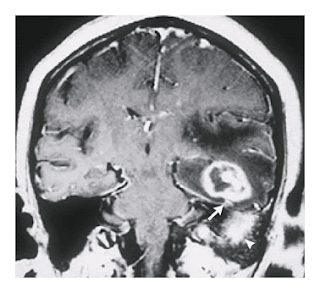
A Jefferson fracture is typically caused by an axial-loading force on the occiput of the head. It involves fractures of the anterior arch of c1 on both sides and the posterior arch of c1 on both sides. C1 usually will widen when it is fractured, so there are no cord compression. Patients will usually present with upper neck pain following a trauma, the neurological exam is usually normal. In conventional radiography the open-mouth (odontoid) will show a bilateral, lateral offset of c1 on c2. CT will demonstrate the number of fractures, their locations and degree of displacement of fragments. Treatment will depend on whether there is damage to the transverse ligament and the degree of offset of c1 on c2. Treatments include collar or brace for 3 months all the way through cranial traction.



